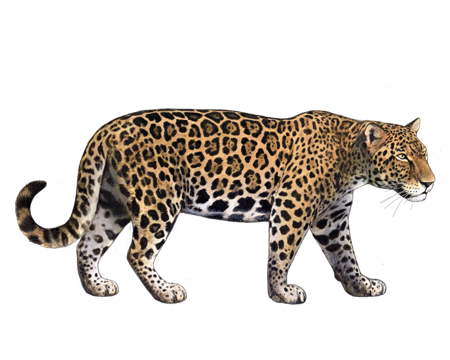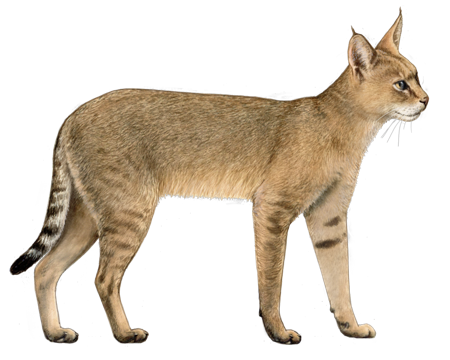
European Wildcat
Resembling Domestic cats, European Wildcats have been around for hundreds of thousands of years. Because they consistently crossbreed with feral domestic cats, the population of genetically pure European Wildcats is now likely very small.
Interested in discovering if your cat is an European Wildcat?
Check out Wisdom Panel's DNA test.
European Wildcat Traits
General Appearance
Though larger, European Wildcats are similar in appearance to domestic tabby cats.
Coat and Coloring
The European Wildcat has a thick, long coat and bushy tail. They come in greyish-brown and have wide, dark stripes on their bodies and dark rings on their black-tipped tails.
Distinctive Physical Traits
Other European Wildcat features include a broad head, wide-set ears, long legs (compared to a domestic cat), and a blunted tail.
European Wildcat Temperament
European Wildcats are mostly solitary, nocturnal animals. However, they may be active during the day in areas with little human activity. Despite being good climbers, they typically hunt on the ground—where they stalk and pounce on their unsuspecting prey. European Wildcats primarily communicate through scent marking, but they can be vocal during mating season.
European Wildcat History
European Wildcats were once widespread throughout Europe. But they began to disappear between the late 18th and early 20th centuries, and their distribution grew scattered. Fortunately, recent studies show their numbers may be increasing in parts of the Netherlands.
These wildcats primarily live in forests—though they also inhabit grasslands, marsh boundaries along coasts, and swampy areas. They tend to avoid areas with a high concentration of humans.
European Wildcat Care
Nutrition
The European Wildcat's diet consists mainly of rodents—however, they will prey on rabbits, birds, reptiles, amphibians, and insects.
Grooming
European Wildcats groom themselves to keep clean and remove their scent (which helps keep potential prey from detecting them).
Health
Domestic cats can spread diseases to European Wildcats. Commonly transmitted illnesses include feline leukemia, coronavirus, calicivirus, and feline immunodeficiency virus.
Breed Group
Wild cat
The breeds and populations in this group are, as the name would imply, still considered wild and undomesticated. The Wild Cat Group incorporates the widest range of body sizes and natural habitats of all the breed groups.







